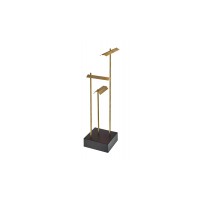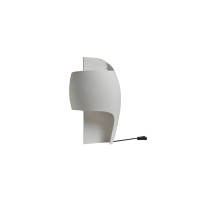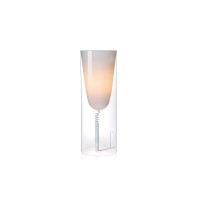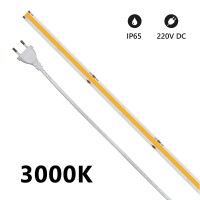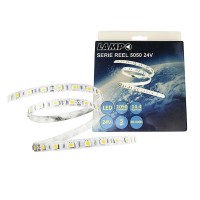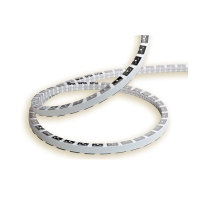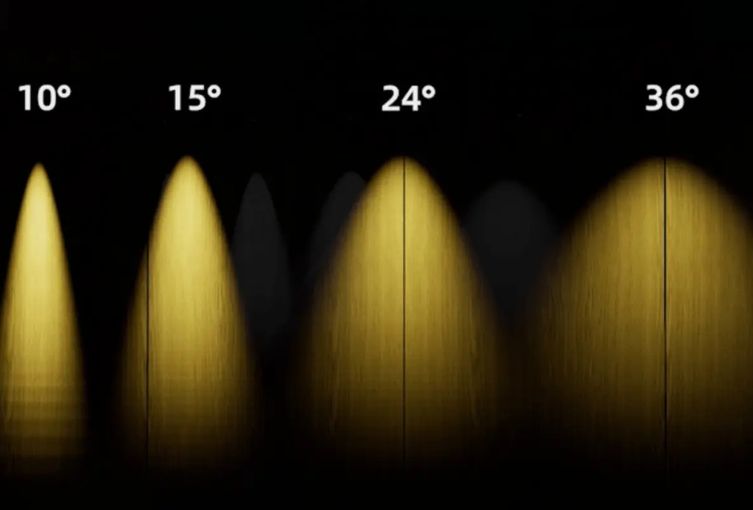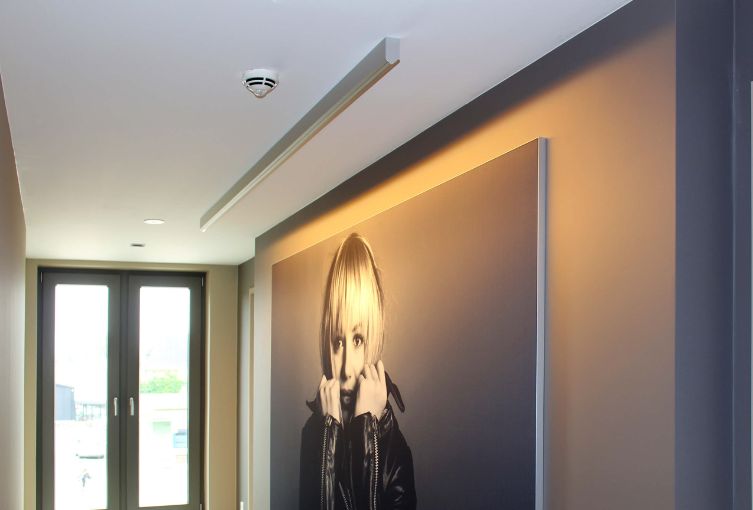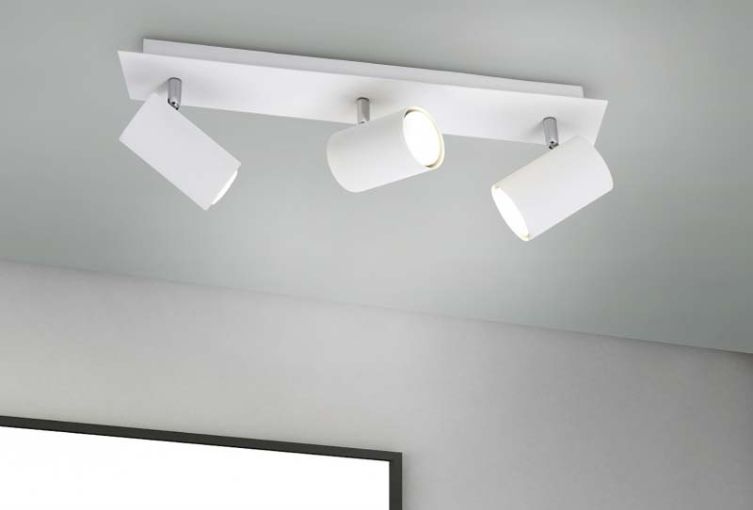Optics and beam angles: how to choose the right light beam
When designing the lighting of a space, you shouldn’t just think about the amount of light, but also about how that light is distributed within the room. The optics and the beam angle are in fact two fundamental elements that determine the atmosphere, functionality, and comfort of a space.
Imagine the difference between a wide light that embraces the entire dining room and a narrow beam that highlights a painting on the wall: we’re talking about the same light source, but with a completely different effect.
Let's go deeper into this topic
Beam Angle
The beam angle is the degree at which the light opens into the space once it’s emitted from the fixture. If you choose a narrow angle, such as 15° or 24°, the light will be more concentrated and create a dramatic effect, perfect for highlighting details or specific objects.
A wide angle, such as 60° or 120°, on the other hand, is more suitable when you want to spread the light evenly, for example in a living room or kitchen.
The choice therefore depends on the use of the space: always ask yourself whether you need functional, diffuse, or accent lighting, and adjust the beam angle accordingly.
Optics and light quality
When talking about lighting, we can’t overlook optics, because they determine how the beam of light is diffused into the space. A spotlight doesn’t just emit light: it’s the optics that control its direction, spread, and intensity. There are wider optics, which distribute light in a uniform and diffuse way, ideal for living rooms or convivial spaces, and narrower optics, which focus the beam on a specific point, creating a dramatic effect or highlighting an architectural detail.
Choosing the right optics, therefore, isn’t just a secondary technical detail but a true creative tool: it allows you to shape the atmosphere of a space and direct attention to what you want to enhance.
When considering a purchase, ask yourself not only how much light you need, but also how you want that light to enter the room: uniform, soft, or intense and direct.
Difference between optics and beam angle
Even though they may seem the same, optics and beam angle are not identical, although they are closely related. Optics are the system that controls and directs the light emitted by the source. They can consist of lenses, reflectors, or diffusers that shape the beam and determine its characteristics. In short, the optics are the “tool” that decides how the light will exit the spotlight or fixture.
The beam angle, instead, is the practical result of those optics, namely the width of the beam projected into the space. It can be narrow (to focus the light on a detail, such as a painting or a table) or wide (to evenly illuminate a room or wall).
Calculating wattage and light per room
Another common question is: how much light is really needed to properly illuminate a room? There’s no single answer, as it depends on the size, wall colors, and intended use of the space. To get a practical idea, consider that power is no longer measured only in watts, but in lumens, which indicate the actual amount of light emitted.
However, you can start from a simple calculation: a 20-square-meter room requires on average about 2000–3000 total lumens. This means that you can’t just pick any spotlight you need to evaluate how many watts correspond to the lumens emitted by the LED you’re considering, as the luminous output varies from product to product.
How much light does an LED spotlight provide?
An LED spotlight may look small, but its lighting capacity depends on several factors. You shouldn’t just look at wattage, but also at the beam angle and lumens. For example, an 8–10W LED spotlight with a narrow optic can appear much more powerful than a 15W spotlight with a wide beam, because it concentrates light in one specific spot.
This is why the perception of “how much light” is not just about power, but also about the intended use. Think of a hallway: more than intensity, you need uniformity, so even small spotlights can be effective if well distributed. Lighting is not only technical—it’s emotion, comfort, and functionality.
Every choice you make, from beam angle to fixture placement, will influence the way you experience your home every day.
Before buying a spotlight or LED fixture, ask yourself what atmosphere you want to create, which elements you’d like to highlight, and how important the light will be for your daily activities. Remember: light is not a detail, but a true design element. Knowing the differences between optics, beam angles, and power will allow you to transform any space into a welcoming, functional, and truly personal environment.
Want to know more? Contact us through our website Diffusione Luce!
Written by Alice Pruccoli
Share this content
